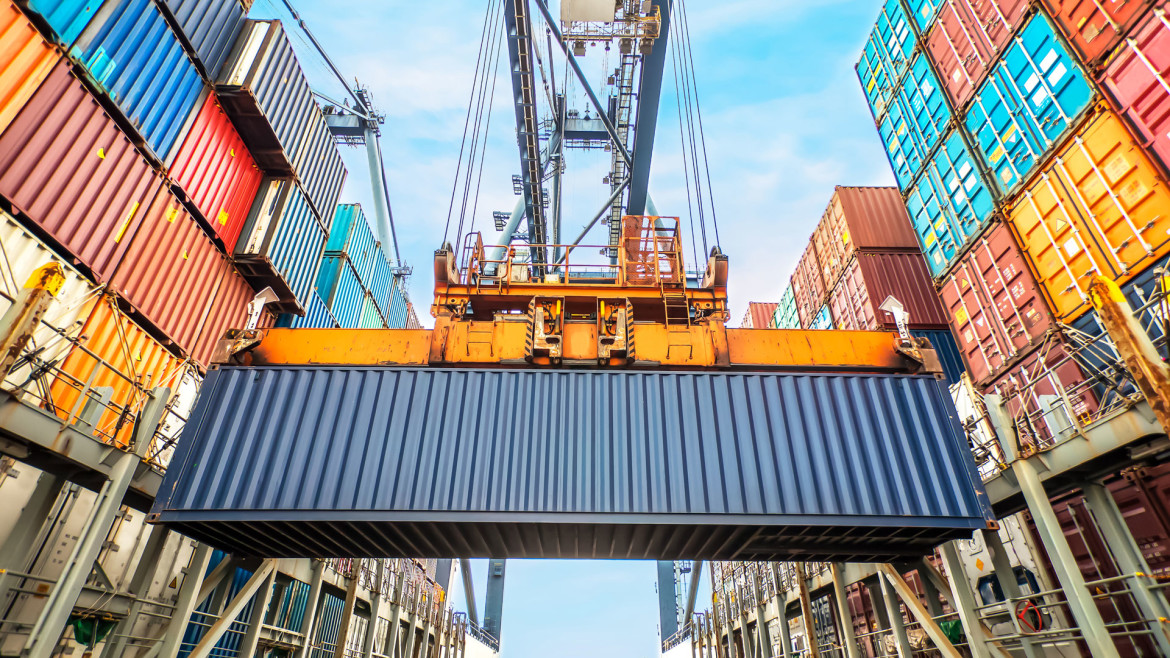The export of Iran’s five main commodities shipped to the European Union has seen a significant increase in value in the last Iranian year (ended March 20, 2017), compared with the average annual export value of those same products between the fiscal 2011-12 and 2015-16.
“The five years precede the implementation of the nuclear deal, also known as Joint Comprehensive Plan of Action, in January 2016,” Mir-Hadi Seyyedi, an official with the Trade Promotion Organization of Iran, also told IRNA.
Hot-rolled non-alloy iron and steel topped the list of Iran’s exports to the EU last year, from which Iran earned around $66 million, registering a 58% rise compared with the average annual export value during the five years preceding the JCPOA.
Non-alloy iron and steel in forms other than ingots followed, earning $50 million and marking a rise of 87%.
About $41 million worth of gas condensates were exported to the EU last year, up 100%.
Light oils, petrol excluded ($25 million), and methanol ($16 million) came next, registering a 100% and 28% growth respectively.
According to the Islamic Republic of Iran’s Customs Administration, Iran’s trade with Europe stood at €1.5 billion ($1.6 billion) in January 2017, registering a staggering 171% increase year-on-year.
European imports from Iran showed a 6.5% rise in that month, compared with last year’s corresponding period.
Spain imported €115 million ($125.2 million) worth of goods, indicating a sevenfold rise YOY.
France’s imports saw a 37-fold increase, reaching €111 million ($120.9 million). Imports from Greece, Italy and the Netherlands saw a 42, 8.5 and 17-fold growth to €106 million ($115.4 million), €257 million ($279.9 million) and €83 million ($90.4 million) respectively.
The total amount of EU exports reached €783 million ($853 million) in January, up 73% compared with the corresponding period of the previous year during which EU exported €452 million ($492.4 million) worth of goods to Iran.
Germany saw a 31% rise to €203 million ($221.1 million) in exports to Iran. Belgium exported €48 million ($52.2 million) worth of commodities while Spain exported €38 million ($41.4 million) and France €147 million ($160.1 million) respectively, registering a 2, 3 and 3.5-fold growth.
During the current administration, Iran’s non-oil trade balance turned positive for the first time in 62 years, meaning the rate of exports exceeded that of imports, the Persian daily Iran reported.
Iran’s non-oil foreign trade stood at $87 billion in the last Iranian year. The country exported 129.648 million tons of non-oil commodities worth $43.93 billion over the year, registering a 3.58% growth in value year-on-year.
Gas condensate was the main exported commodity, comprising $7.32 billion of the export value. It was followed by light oil, excluding gasoline ($2.49 billion), liquefied natural gases ($2.79 billion), liquefied propane ($1.222 billion) and petroleum gases and liquefied hydrocarbons ($1.204 billion).
Iran imported $43.684 billion worth of goods during the same period, marking a 5.16% growth. Field corn, soybean, cars, auto parts and rice were Iran’s main imports in the last Iranian year.
The JCPOA implementation marked the removal of sanctions against international trade with Iran.
The agreement was signed in July 2015 between Iran and five permanent members of the United Nations Security Council (the US, the UK, France, China and Russia) plus Germany. In return, Iran agreed to limit the scope of its nuclear work.


